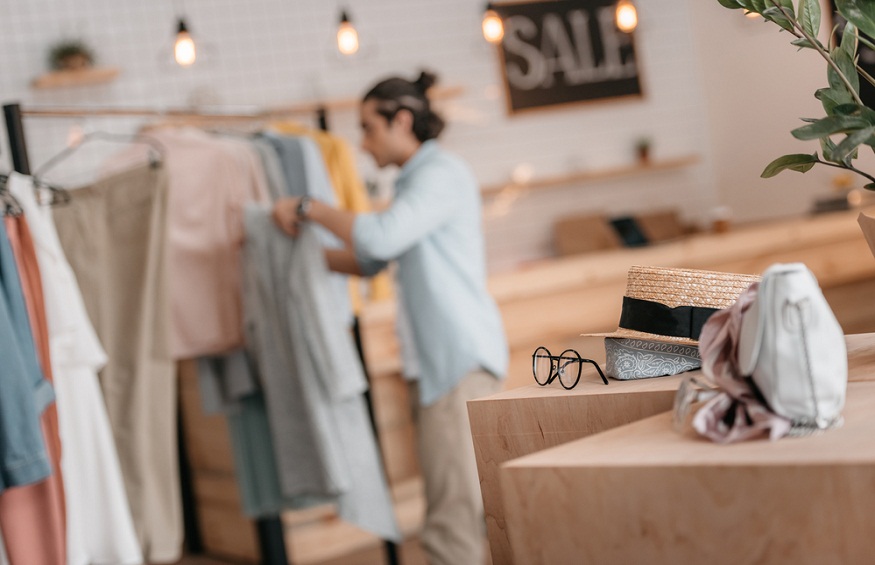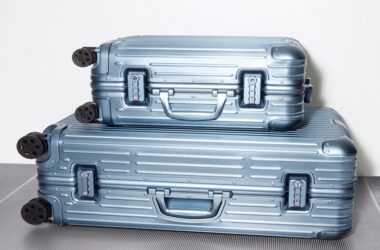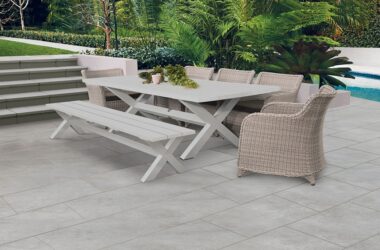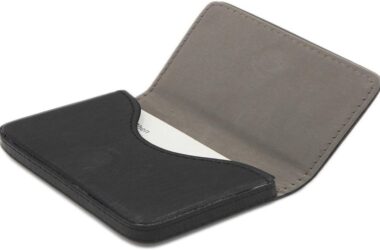Retail clothing has taken a big hit from the coronavirus crisis. An industry already in decline was sent reeling when retail shops were forced to close back in the spring of 2020. Even when restrictions were eased, staying home and shopping online was so ingrained that people were slow to venture out. None of it has been good for retail clothing. Yet there may be a silver lining if the industry reinvents itself.
According to Forbes contributor Larry Light, smaller footprint stores are likely to emerge in the coming weeks and months. In general, retail seems to be reinventing itself with the understanding that brick-and-mortar shopping has been forever altered by online competition. The thinking seems to be that smaller footprints can provide a new type of shopping experience that will help the rest of the world compete against Amazon and Walmart.
Smaller Stores, Fewer Choices
The thinking seems to be that companies with a big box mindset will transition to smaller stores offering fewer choices. Whether or not that works across the entire retail universe remains to be seen. But it is a model that should work very well for retail fashion. The model already exists to some extent.
For example, consider The Stockist in Salt Lake City, Utah. The men’s and women’s boutique offers a very nice selection of casual wear. They sell a small number of lifestyle brands targeting a particular audience. And because their inventory is so limited – compared to a big box store, anyway – customers are not overwhelmed by choices.
Light seems to think that fewer choices is a big deal. He may be right. One of the most difficult things about shopping on a site like Amazon is wading through so many choices to find what you want. You can spend hours browsing hundreds of items just to settle on one purchase.
Smaller stores with fewer choices create a more intimate environment in which people can shop casually without the pressure of having to make too many decisions. It could be just what retail clothing needs right now.
Two Store Formats
In his vision of retail’s future, Light sees two different store formats. Each one caters to a different type of clientele. Both work very well for retail clothing.
1. Store-as-Showcase
The first format is described as ‘store-as-showcase’. Under this format, retailers open small stores that showcase a small number of key products or brands. You might have a big box retailer who sells different styles and fashions for men, women, and children. The store-as-showcase model would dictate opening a smaller store focusing on just one style for women. Another store would focus on one particular style for men, and so on.
Under this model, a plethora of digital services is made available in-store. A customer can browse a smaller selection of items on the retail floor but also order additional items online. The store would offer both next-day delivery and curbside pickup.
2. Store-Within-a-Store
The second format is the store-within-a-store format. Under this model, big-box retailers would open stores with smaller footprints. However, they would not devote all the retail space to their products. Instead, they would rent some of that space to other retailers.
This format allows retailers to meet a wider variety of customer needs by working together to target a particular audience looking for a one-stop experience outside of the big-box environment. It is an interesting concept.
Retail clothing is changing. There is little doubt of that. If Light is correct, the clothing industry is trending alongside the rest of retail to smaller footprints and more intimate settings.











